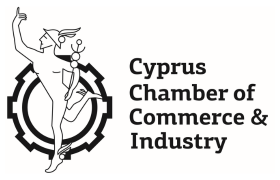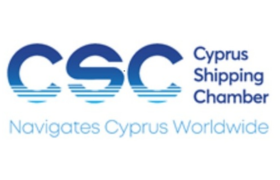Six countries, including France and the US, have been downgraded to the high-risk red category after Cyprus reviewed its Covid-19 safe travel list.
The other four countries demoted to red with France and the US are Switzerland, Iceland, Japan and Azerbaijan.
Cyprus’ safest green category for travel is also shrinking after Italy and Lithuania were relegated to orange and Iceland dumped into the red, leaving 23 countries from which tourists can enter the island restriction free.
Schengen Area country Liechtenstein was a new edition to the green list after being upgraded from orange.
Only 12 EU member states are left in the safest green category after Italy and Lithuania dropped out.
Another EU member state, Luxembourg, was the only country to be promoted from red to orange.
There are now only 14 countries in the orange zone, including Lebanon and Greece, where a negative PCR test is required.
Changes will come into effect on Thursday 5 August.
Under the colour-coded system, there is no mandatory quarantine for tourists entering Cyprus from the EU.
Cyprus is suffering a fourth wave of coronavirus with record infection rates peaking at four digits, powered by the more contagious Delta variant.
It will keep its doors open to vaccinated tourists, regardless of their country of origin, to boost arrivals that plunged 84.1% last year.
But the UK – the island’s biggest tourist market – is in the red, making it more difficult for Cyprus’ tourism sector.
Although fully vaccinated, UK tourists can enter without restrictions.
Tourists allowed unconditional entry must have a COVID-19 vaccine approved by the European Medicines Agency (EMA), Pfizer/BioNTech, AstraZeneca, Moderna and Janssen.
Russia’s SputnikV and China’s Sinopharm are also accepted vaccines by Cyprus.
GREEN
Under the COVID assessment scheme, low-risk countries currently classified in the green category are:
Member States of the European Union: 1) Austria, 2) Bulgaria, 3) Germany, 4) Croatia, 5) Latvia, 6) Hungary, 7) Poland, 8) Romania, 9) Slovakia, 10) Slovenia, 11) Sweden, 12) Czech Republic
Small States: 1) Monaco, 2) Vatican City
Members of the Schengen Area: 1) Norway 2) Liechtenstein
Third Countries: 1) Australia, 2) Northern Macedonia, 3) Jordan, 4) Canada, 5) New Zealand, 6) Serbia, 7) Singapore
ORANGE
Orange countries are those of higher risk than green.
Passengers must have undergone a PCR laboratory test within 72 hours before departure and have a certificate proving they tested negative for the virus.
Member States of the European Union: 1) Belgium, 2) Greece, 3) Estonia, 4) Finland 5) Italy 6) Lithuania 7) Luxembourg
Third Countries: 1) Bosnia and Herzegovina, 2) Israel, 3) Qatar, 4) China (including Hong Kong, Macau, and Taiwan), 5) Bahrain, 6) Lebanon, 7) Saudi Arabia
RED
This category includes countries of higher risk than orange.
Passengers coming from red category countries are required: a) to prove a negative PCR test carried out under 72 hours before departure, and b) undergo another PCR test upon arrival in Cyprus. The cost of the test is charged to the individual.
Member States of the European Union: 1) Denmark, 2) Ireland, 3) Spain, 4) France, 5) Malta, 6) the Netherlands, 7) Portugal
Members of the Schengen Area: 1) Iceland ) Switzerland
Small states: 1) Andorra, 2) San Marino
Third Countries: 1) Egypt, 2) Albania, 3) Armenia, 4) Georgia, 5) United Arab Emirates, 6) United Kingdom, 7) Kuwait, 8) Belarus, 9) Montenegro, 10) Moldova, 11) Brunei, 12) South Korea, 13)Ukraine, 14) Russia 15) United States of America, 16) Japan 17) Azerbaijan
GREY
Arrivals are allowed entry after acquiring special permission, and only if they are Cypriot citizens or entitled to enter, such as people with a work permit.
Passengers must undergo a coronavirus test under 72 hours before their trip and have a certificate they tested negative for Covid-19.
Grey category passengers must remain in self-isolation for 14 days or seven if they choose to carry out another coronavirus PCR test with a negative result on the seventh day.
Source: Financial Mirror













